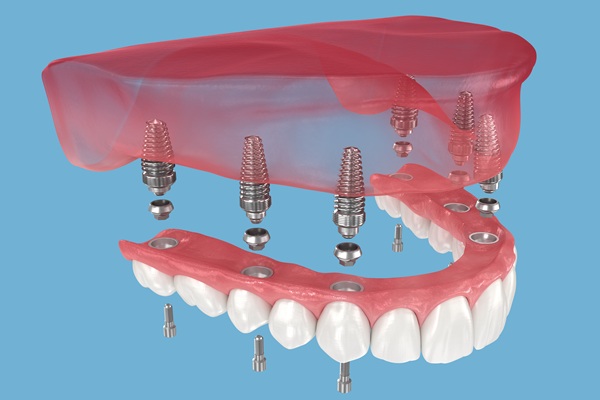Are There Options for Dental Filling Material?

You may need dental fillings if you develop tooth decay or undergo root canal therapy. If the decay reaches your nerves, the dentist may treat it via root canal therapy or through pulp capping.
During pulp capping, the main goal is to save the nerve and keep it alive. After any of these procedures, the dentist needs to clean the spot and cover it so that the exposed area remains safe from infection. Many people do not know this in the beginning, but they have a few options to choose from while deciding the material for their Dental Fillings.
What you need to know
Dentists clean the area and fill the space with a substance to restore its function. They close off this area to make sure bacteria and germs cannot enter and cause further decay. However, there are different types of fillings that you can select from.
The cost varies from procedure to procedure, with different pros and cons for each one. If it is your first time getting a filling, read on to know your options so that you do not have anything to regret later.
Dental filling material options
Silver Fillings
Silver fillings are cheaper than other fillings, but many people do not like them because of the dark color that makes them more noticeable. A silver filling is relatively stronger and lasts quite a while before you have to replace it. People usually get this filling in teeth that aren't that visible and are rarely visible to other people.
Gold Fillings
These are among the most expensive fillings out there, but they are also very strong. They need to be prepared in the laboratory before they can fill the place. They are endured well by gum tissues and can last up to twenty years. Many experts recommend gold fillings, but they can be very expensive.
Composite Resin Fillings
Plastic or composite resins blend well with the rest of the tooth and are not visible like gold or silver fillings. Their color is identical to the color of the rest of your teeth, which gives them their natural appearance.
The doctor places the mix into the area where the filling is needed, and it hardens in place. It is not advised to get resin fillings for large areas as they can easily chip away.
They usually last up to ten years and can easily be stained by wine, coffee or tea. Do not forget to maintain your oral hygiene to make sure that your filling lasts a long time.
Porcelain Fillings
Porcelain inlays or onlays cost almost as much as the gold fillings and may cover the whole tooth. They are custom made in labs based on your order and then later bonded to the tooth by your dentist.
Their color can be similar to the rest of your teeth, and the best part is that they can resist staining. This feature means that people are less likely to notice that you got fillings. Porcelain is also used for making dental crowns and in other restorative procedures as well.
Request an appointment in our Long Beach dentist office here: http://lbfamilydental.com.
Recent Posts
A new dental filling can help restore the function and integrity of a damaged tooth. However, it is important to be mindful of aftercare practices to ensure their longevity and prevent potential complications. Avoiding certain habits and foods immediately after a dentist places a filling can protect it and the tooth. Here is what you…
Preparing for a tooth filling? Tooth fillings, also known as dental fillings, are one of the most common restorations used in dentistry. They are used to literally fill a tooth once infected areas have been removed. Long ago, tooth fillings were only offered in a couple of select materials; however, modern-day technology has allowed for…
Tooth-colored dental fillings are the popular way to fill up cavities these days. Silver amalgam fillings have been the norm for the past 150 years, but a lot has changed since better alternatives emerged. Silver amalgam fillings contain mercury which is now known to be toxic to the body. It also has a grey color…
Curious about dental fillings? Read on to learn more about this common dental restoration. The mouth serves as a gateway to our overall health, and the condition of one's teeth can offer insights into various aspects of our well-being. One of the major ways to maintain good oral health is to promptly address dental decay…


